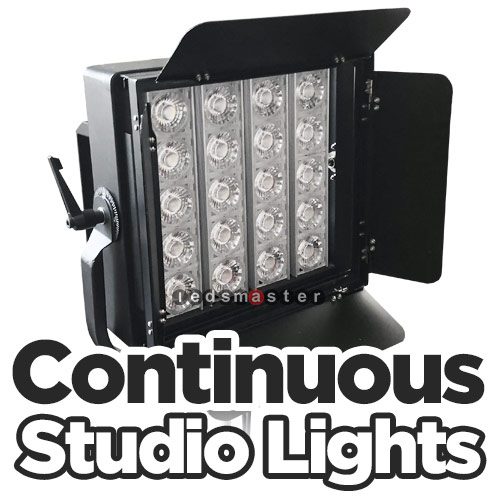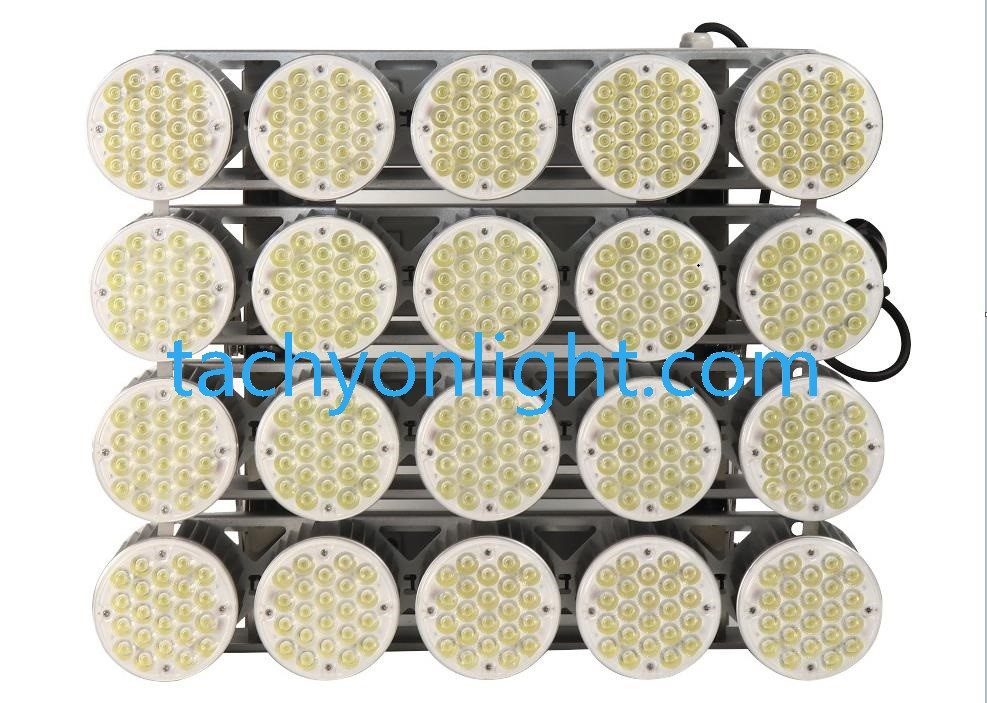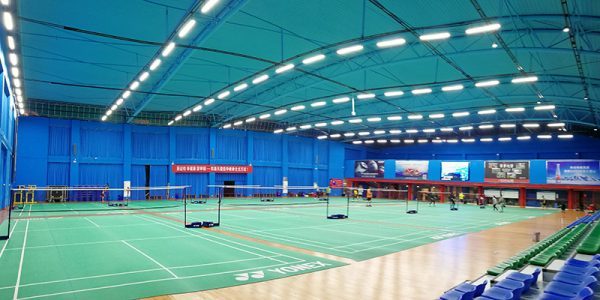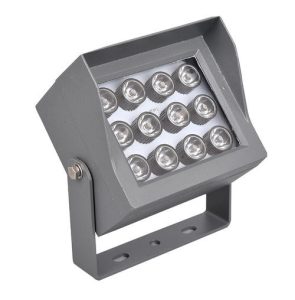What is glare?
For ordinary people, glare is not an unfamiliar feeling. Glare is everywhere. The tube spotlights exposed in the line of sight, the oncoming high beam lights, and the sunlight reflected on the opposite curtain wall are all glare. Or a more straightforward, uncomfortable light that makes people feel dazzling is glare.
Classification of glare
According to the effect of glare on visual function, it can be divided into adaptive glare, non-adaptive glare and disability glare.
Adaptive glare refers to the loss of vision when a person goes from a dark place to a bright place, and it usually recovers after a short adaptation time;
Inadaptable glare refers to the visual discomfort caused by the improper brightness distribution and the presence of bright light sources in the line of sight. For this kind of maladaptation, we generally subconsciously avoid the loss of vision through visual escape. However, if you stay in an environment that is not adapted to glare for a long time, it will still cause visual fatigue, eye soreness, tearing, and decreased vision;
Disability glare refers to reduced visual function or short-term blindness caused by glare light sources. This is a better understanding. I believe many people have had the experience of observing the sun for a long time or being dazzled by the high beam lamp.
It can be said that glare exists where there is light, and the home environment is the same. If glare is not controlled, inadvertent glare may damage the infant’s immature retinal group, and long-term exposure to glare environment may cause vision loss. However, for the elderly, the damage caused by glare is likely to evolve into irreversible damage due to the decline in the metabolic function of the retina.
Glare is one of the most important factors affecting the quality of lighting. In order to improve the quality of the home light environment, reasonable measures must be taken to limit or prevent glare. So how to effectively avoid glare through early lighting design, lamp selection and other means? This is also the subject of this article.
How does glare occur
Before exploring how to avoid glare, we must first know how glare is produced.
Let us describe whether a lamp is on or not. It is natural to find the parameter table of this lamp, how many lux and how many lumens, which are the physical parameters of objective brightness, but for the human eye, the subjective visual brightness More discussion value. For example, the brightness of motor vehicle lights is about 15000cd, which is an exaggerated brightness for the human eye. However, if you look directly at the lights during the day, the problem is not big, but at night, you go straight again. Looking at the car lights, the eyes are very uncomfortable.
To understand this reason, we need to use some simple biological knowledge of our second grade.
Our pupils are constantly contracting and expanding to adjust the amount of light. The basis for contraction and expansion is the brightness of the environment (similar to the automatic iris function of a camera).
In the daytime, because the sun is very bright, our eye muscles are always in a contracted state, and the pupils are minimized to reduce the amount of light, so the light from the car lights is also very limited at this time. But when it gets dark, the environment becomes dark, the eye muscles relax, and the pupils dilate. At this time, the 15000cd light of the car lights will directly penetrate your eyes, and then you will be blinded.
So you will find that whether the light is dazzling or not, it has little relationship with the light, but mainly depends on the brightness contrast between the light source and the ambient light. This is the concept of brightness ratio.
When the brightness ratio exceeds 20:1, uncomfortable glare will occur.
How to avoid glare
When we understand the principle of glare, dealing with it is very simple.
But pay attention, when you stand directly under a downlight and look directly at it, the light must be quite dazzling, which can help you understand the definition of luminaire glare. No matter how good the anti-glare lamp is, it is uncomfortable to direct the eyes.
-
Do everything possible to hide the lamp
“Will it be too dark” may be the most frequent soul torture received by the lighting designer from the owner, but through the analysis of the glare principle above, we found that because our pupil is an automatic aperture system, light and dark are actually the same The concept of relative.
When we talk about how bright is bright, the first thing we should pay attention to is the brightness ratio of the space. The feeling of darkness may be because it is really dark, but it may also be because it is too bright. It sounds like it has risen to the height of philosophical thinking. , In fact, the truth is very simple. If there is always an exposed light source in your line of sight, that is, glare, you will find that it is dark when you look at other places, because the pupils are not to protect your eyes. Adjust the aperture immediately.
So what should I do if it is too dark? The most common way is to add lights. Do we still see few Great Hall-style ceilings? The result is even worse for glare control. But in fact, as long as you hide the light and let the light run out and reduce the brightness ratio of the space within the line of sight, it is more effective. The glare is controlled, the pupils are relaxed, the aperture is opened, and the amount of light is increased, and it naturally feels bright stand up. This is what we often say is the practice of seeing the light but not the light.
The light in the home is not as bright as possible. The maximum brightness that the human eye can withstand is about 106cd/㎡, and the retina may be damaged if it exceeds this value. In principle, the illuminance suitable for the human eye should be controlled within 300 Lux. The brightness ratio It should be controlled at around 1:5.
Therefore, the most effective way to control glare is to hide the light. There is no direct light in the line of sight, which naturally suppresses the glare. Indirect lighting is used more as the main lighting, and the reflected light source is used to replace the direct light source. The lighting plan is more reasonable and the illuminance is controlled. , Control the brightness ratio, choose the appropriate color and material of the wall, ceiling and ground. The reflection coefficient should be controlled between 0.3 and 0.5, not too high. The glossy surface is easy to form specular reflection and cause reflection glare. Adjust with glass or The relative position of the mirrored furniture and the light source.
As for how to hide the lights, what are the methods of indirect lighting, how to select, install nodes and other issues, we will discuss in the corresponding article later.
-
Make the most of dimming
Adaptive glare and non-adaptive glare are two common forms of glare in the home environment.
Earlier we talked about adaptive glare, which is produced during the switch from dark to bright, so if there is dimming, we can control the amplitude of the light brightness change to suppress adaptive glare. When switching the lights, Adopt the strategy of appropriately extending the gradual time to give our pupils more time to adapt, and at night, we can adopt a low-brightness mode instead of fully open, which can effectively control glare.
Non-adaptive glare is more common in the home environment. It refers to the formation of a bright light source in the line of sight due to improper brightness distribution, so dimming is more useful. For different life scenarios, we can according to needs Control the brightness and combination of different lighting circuits at different times, so as to schedule the light ratio to control the glare. Of course, the best way is to achieve the control in a scene-based way. For example, when watching a movie, if you don’t turn on the light at all, it will produce unsuitable glare due to the excessive brightness contrast, causing visual fatigue. If there is dimming, we can maintain an illuminance of about 10 Lux in the surrounding environment of the screen, that is Control the glare without destroying the atmosphere of the movie, then this is a movie watching mode.
Also when reading a book, while ensuring the surface illumination of the book, let the surrounding environment darken, but not completely turn it off. This is another reading mode, allowing you to quickly enter a state of focused reading, but at this time, pay attention to the book. In fact, it is easier to form a light curtain reflection, which will make you feel blurred. At this time, you need to move the book or change your posture; and when cleaning, you can immediately switch to the full-bright mode, and so on.
Dimming or intelligent scene control makes it possible for us to use light on demand, and it can be conveniently called through various control methods, so that every lamp and every beam of light has something to say, and it is used more efficiently. Light, turn off the unnecessary lights, let the needed lights work at the appropriate brightness, of course, can also suppress glare in the largest range. Of course, all of this needs to stand on the basis of reasonable lighting design.
- Pay attention to two parameters when buying LED lights
Adopting indirect lighting completely, obviously can’t meet all our light demand in many cases, so when selecting the LED lamp, we need to pay attention to the following two parameters regarding anti-glare.
One: UGR, the unified glare value UGR is a psychological parameter that measures the glare parameters of a lamp.
The UGR of a lighting product is divided as follows:
25-28 Unbearable
22-25 Uncomfortable
19-22 Tolerable glare
16-19 The acceptable glare level is suitable for environments where light is needed for a long time like an office or classroom.
13-16 Does not feel dazzling
10-13 No glare
<10 professional grade products, suitable for hospital operating rooms
But you generally can’t find this parameter in the manual, unless a highly professional lighting manufacturer, of course, it is not a difficult task to obtain it. Only need to import the IES file of the lamp into the DIALux EVO software, we can be relatively simple Obtain the UGR value of the lamp at different installation heights. If a lamp does not even have an IES file, for your eye safety, don’t consider it.
Second: cut angle
When the cut-off angle is greater than 40 degrees, the anti-glare effect of the lamp is excellent. (Pay attention to distinguish the shading angle and the cut angle, the shading angle is the complementary angle of the cut angle.








